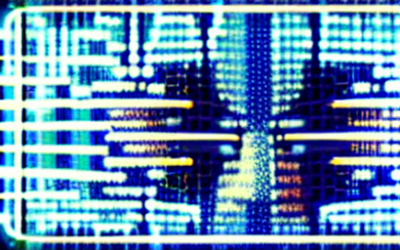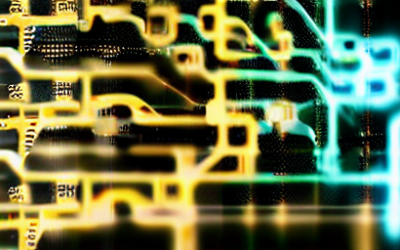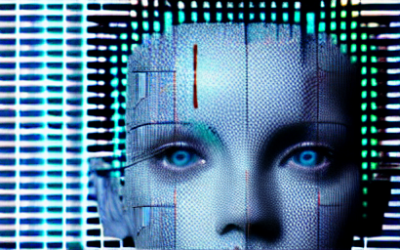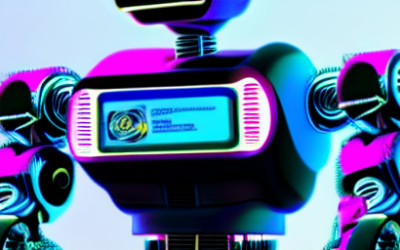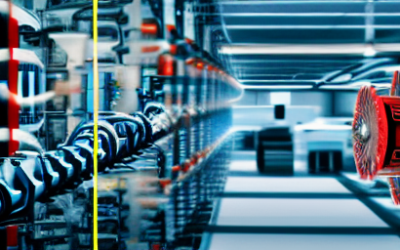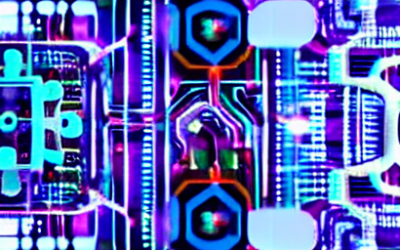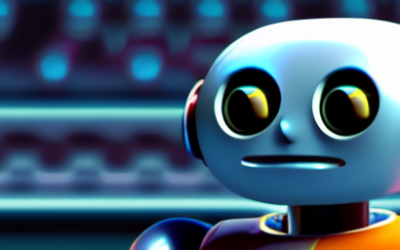At the heart of AI’s capabilities are intelligent systems known as AI agents. These agents possess the ability to perceive their environment, make decisions, and take actions based on their objectives. In this blog post, we will demystify AI agents by exploring their fundamental building blocks and shedding light on how they operate.
Tech Blog
Tech Insights, Information, and InspirationAn Introduction to Multi-Agent Systems
A multi-agent system (MAS) is a computational framework consisting of multiple interacting agents or autonomous entities, each with its own goals, knowledge, and decision-making capabilities. These agents can be software programs, robots, or any other smart entities that can perceive their environment, reason, learn, communicate, and take actions to achieve their objectives.
ChatGPT Fine Tuning
ChatGPT fine-tuning refers to the process of refining a pretrained language model, such as OpenAI’s GPT (Generative Pre-trained Transformer), for a specific chatbot or conversational AI application. Fine-tuning involves training the model further on a narrower dataset, which is curated or generated based on the intended purpose and domain of the chatbot.
AI Agents
AI agents are autonomous or semi-autonomous software programs that utilize artificial intelligence techniques to perform various tasks, make decisions, and interact with their environment or other agents.
ChatGPT Integrations: Revolutionizing Customer Experience
Chatbots have made their way into various industries, revolutionizing customer experiences. At the forefront of this revolution is ChatGPT, a cutting-edge AI model that understands and generates human-like responses. Integrating ChatGPT into your business can help improve customer support, lead generation, and user engagement.
A Guide to AI Buzzwords
Artificial Intelligence (AI) has become an integral part of our digital landscape, transforming industries and businesses with its innovative applications. With rapid advancements in AI technology, several buzzwords have emerged that dominate conversations about this fascinating field.
AI Technologies: The race to dominate
There is a race to dominate AI technologies because of the vast potential applications and benefits that AI offers across various industries and sectors.
Industry 4.0: Definition and Insight
Industry 4.0 is the fourth industrial revolution, or the use of automation, artificial intelligence, and data exchange to modernize manufacturing. It focuses on connecting machines and systems to create a “smart factory”, where machines are autonomous, connected, and responsive to their environment.
Autonomous AI Agents
Both OODA and PDCA are used in autonomous AI decision-making. OODA is used to make decisions in dynamic environments, while PDCA is used to make decisions in stable environments. In autonomous AI decision-making, the OODA model is used to observe the environment, orient the AI system to the situation, decide on a course of action, and act on the decision.
Advancing to GPT-5 Language Model
GPT-5 (Generative Pre-trained Transformer 5) is an AI system developed by OpenAI, a research laboratory based in San Francisco. It is the latest in a series of language-generating AI systems developed by the laboratory. GPT-5 is a large-scale neural network model trained on a massive dataset of web text and is designed to generate human-like text.
Get In Touch
UseTech Design, LLC
1890 Crooks Rd. Troy, MI
Call or text +1(734) 367-4100


